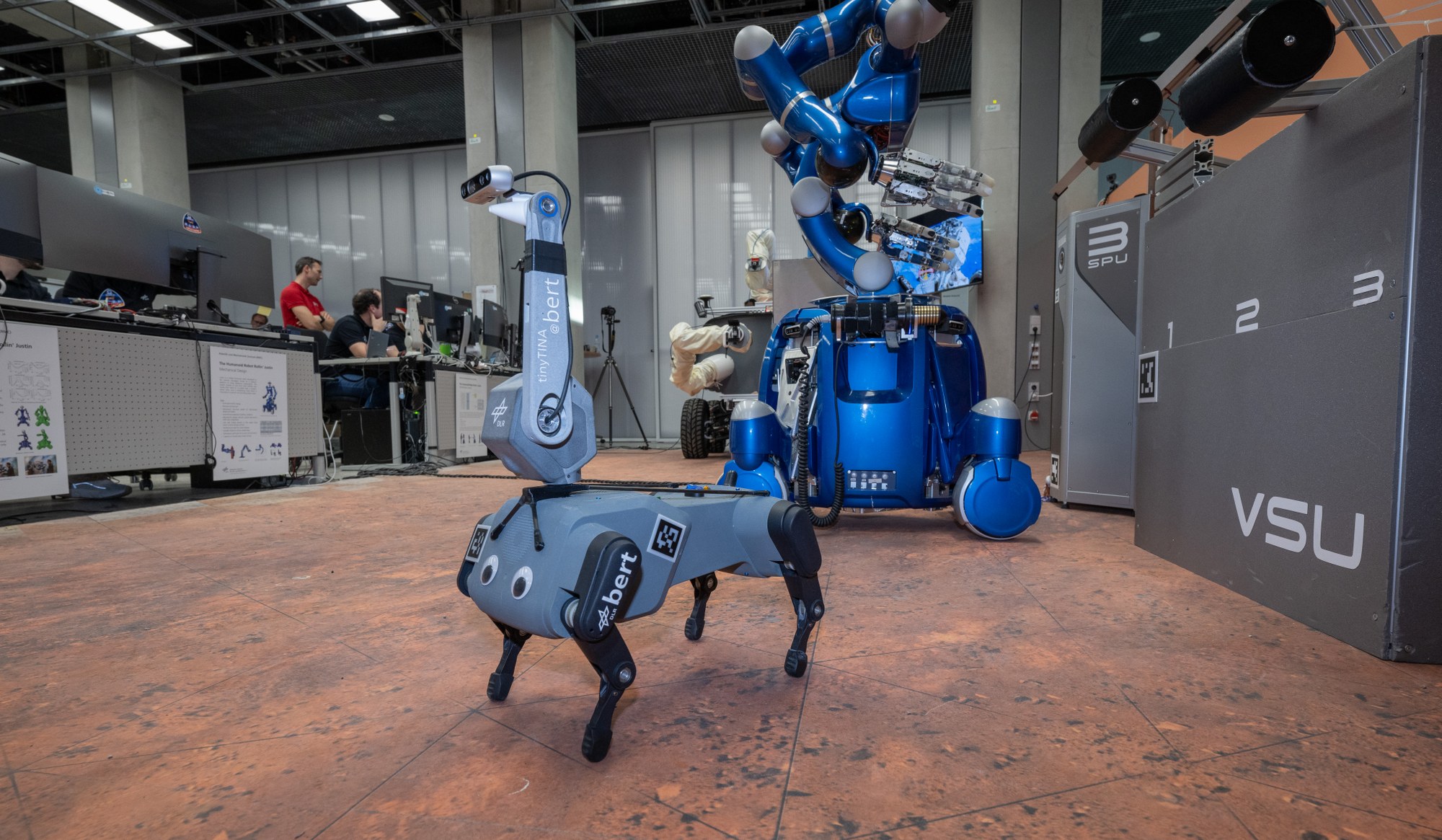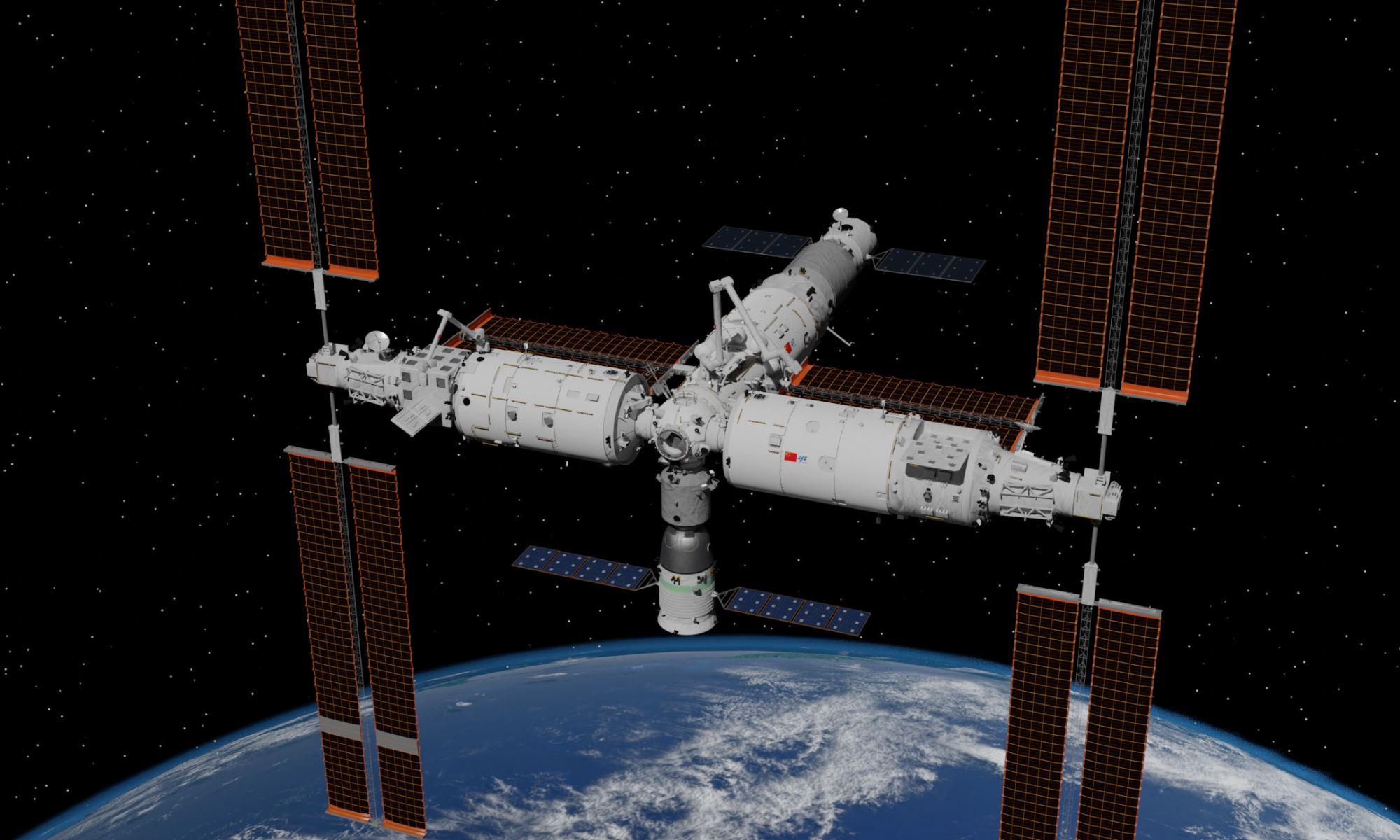Only the other week I had to fix my leaky tap. That was a nightmare. I cannot begin to imagine how you deal with a leaky spacecraft! In August 2020 Russia announced that their Zvezda module had an air leak. An attempt was make to fix it but in November 2021 another leak was found. Earlier this week, Russia announced the segment is continuing to leak but the crew are in no danger.
Continue reading “The International Space Station’s Air Leaks are Increasing. No Danger to the Crew”NASA is Done Setting Fires Inside its Doomed Cargo Spacecraft

Fire on a spacecraft can be catastrophic. It can spread quickly in a confined space, and for trapped astronauts, there may be no escape. It’s fading in time now, but Apollo 1, which was to be the first crewed Apollo mission, never got off the ground because of a fire that killed the crew. There’ve been other dangerous spacecraft fires too, like the one onboard the Russian Mir space station in 1997.
In an effort to understand how fire behaves in spacecraft, NASA began its Saffire (Spacecraft Fire Safety Experiment) in 2016. Saffire was an eight-year, six-mission effort to study how fire behaves in space. The final Saffire test was completed on January 9th.
Continue reading “NASA is Done Setting Fires Inside its Doomed Cargo Spacecraft”An Astronaut Controls a Robotic Dog From Orbit

Swedish astronaut Marcus Wandt took control of a series of robots in Germany while on board the International Space Station, zipping around the Earth at 28,000 kilometers per hour (17,500 mph.) Researchers want to understand how time delays can affect the remote control of robots from an orbiting platform. Future astronauts could control rovers on the Moon’s or Mars’s surface from a spacecraft in orbit. Until now, only wheeled rovers have been part of the tests, but now they have added a dog-like robot called Bert.
Continue reading “An Astronaut Controls a Robotic Dog From Orbit”Ouch. Canadarm2 Took a Direct Hit From a Micrometeorite
Living in space comes with risks. For astronauts on the International Space Station (ISS), those risks occasionally make themselves intrusively apparent.
Earlier this month, European Space Agency astronaut Andreas Mogensen snapped a photo of the Canadarm2, in which damage from a micrometeorite impact is clearly visible.
Continue reading “Ouch. Canadarm2 Took a Direct Hit From a Micrometeorite”Dream Chaser is Getting Tested at NASA
After a journey spanning almost two decades, Sierra Nevada Corporation’s Dream Chaser reusable spaceplane, named Tenacity, is officially undergoing environmental testing at NASA’s Neil Armstrong Test Facility located at NASA’s Glenn Research Center in anticipation of its maiden flight to the International Space Station (ISS), currently scheduled for April 2024. The environmental testing consists of analyzing the spacecraft’s ability to withstand rigorous vibrations during launch and re-entry, along with the harsh environment of outer space, including extreme temperature changes and vacuum conditions. This testing comes after Sierra Space announced the completion of Tenacity at its facilities in Louisville, Colorado last month, along with the delivery of Sierra Space’s cargo module, Shooting Star, to the Neil Armstrong Test Facility that same month, as well.
Continue reading “Dream Chaser is Getting Tested at NASA”The International Space Station Celebrates 25 Years in Space
NASA recently celebrated the 25th anniversary of the International Space Station (ISS) with a space-to-Earth call between the 7-person Expedition 70 crew and outgoing NASA Associate Administrator, Bob Cabana, and ISS Program Manager, Joel Montalbano. On December 6, 1998, the U.S.-built Unity module and the Russian-built Zarya module were mated in the Space Shuttle Endeavour cargo bay, as Endeavour was responsible for launching Unity into orbit that same day, with Zarya having waited in orbit after being launched on November 20 from Kazakhstan.
Continue reading “The International Space Station Celebrates 25 Years in Space”Red Sprites are Best Seen from Space

Planet Earth is full of some truly awe-inspiring spectacles, but few are as intriguing as a sprite, which are officially known as a Transient Luminous Event (TLE) and consist of large-scale electric discharges that shoot upwards while occurring above the cloud tops in the Earth’s mesosphere at approximate altitudes of 50-90 km (31-56 mi). In October 2023, European Space Agency (ESA) astronaut, Dr. Andreas Mogensen, who is currently onboard the International Space Station (ISS) as Commander of the Expedition 70 mission, took an incredible image of a red sprite with the Davis camera as part of the Thor-Davis experiment and his Huginn mission.
Continue reading “Red Sprites are Best Seen from Space”China is Planning to Double the Size of its Space Station
The International Space Station (ISS) will be retired in 2030 after more than thirty-two years of continuous service. Naturally, there are questions regarding what will replace this station, which has served as a bastion for vital research and inter-agency cooperation in space. In the past, China has indicated that their Tiangong (“heavenly palace”) space station will be a successor and rival to the ISS, offering astronauts from other nations an alternative platform to conduct research in Low Earth Orbit (LEO). As part of this plan, China recently announced plans to double the size of Tiangong in the coming years.
Continue reading “China is Planning to Double the Size of its Space Station”Crew-7 Reaches the International Space Station

SpaceX Crew-7, the next group of four astronauts, are now on board the International Space Station, and this diverse crew is definitely putting “International” in the ISS. The new crew hails from four different countries: the US, Denmark, Japan and Russia. There will be 11 people on board the station for a few days before the Crew-6 foursome head back to Earth.
NASA has at least 200 science experiments and technology demonstrations queued up for Crew-7[‘s six months space, many of which will help prepare for the upcoming Artemis missions.
Continue reading “Crew-7 Reaches the International Space Station”Spacecraft Could Shuttle Astronauts and Supplies to and From the Moon on a Regular Basis
Multiple space agencies plan to send astronauts, cosmonauts, and taikonauts to the Moon in the coming years, with the long-term goal of establishing a permanent human presence there. This includes the NASA-led Artemis Program, which aims to create a “sustained program of lunar exploration and development” by the decade’s end. There’s also the competing Russo-Chinese International Lunar Research Station (ILRS) effort to create a series of facilities “on the surface and/or in orbit of the Moon” that will enable lucrative research.
Beyond these government-agency-led programs, there are many companies and non-government organizations (NGOs) hoping to conduct regular trips to the Moon, either for the sake of “lunar tourism” and mining or to build an “International Moon Village” that would act as a spiritual successor to the International Space Station (ISS). These plans will require a lot of cargo and freight moving between Earth and the Moon well into the next decade, which is no easy task. To address this, a team of U.S./UK researchers recently released a research paper on the optimum trajectories for traveling between Earth and the Moon.
Continue reading “Spacecraft Could Shuttle Astronauts and Supplies to and From the Moon on a Regular Basis”





